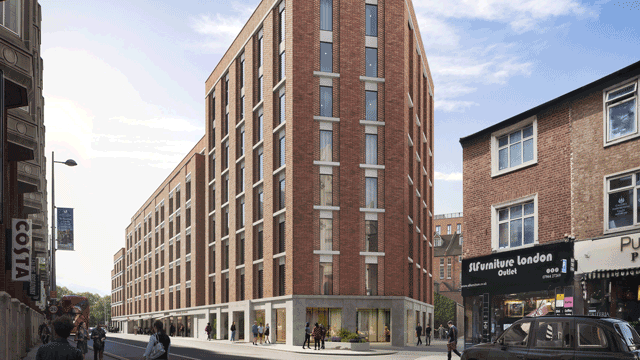Councils around England need to increase housing allocations by 17%, according the Department for Communities and Local Government.
It is has published a consultation on new standardised tests to assess housing need by local authority, and how many houses each authority needs based on this formula.
The 322 authorities measured previously had need for 222,989 homes. This has now been increased to 265, 936.
The London boroughs of Greenwich, Merton, and Wandsworth would be hit hardest. Outside the capital, Medway Council would see the biggest increase.
The consultation includes a number of other proposals laid out in the Housing White Paper, such as:
- A standard method for calculating local authorities’ housing need;
- How neighbourhood planning groups can have greater certainty on the level of housing need to plan for;
- A statement of common ground to improve how local authorities work together to meet housing and other needs across boundaries;
- Making viability assessments simpler, quicker and more transparent; and
- Increased planning fees in areas where authorities are delivering homes.
The DCLG said the proposed changes will help boost housing supply and improve affordability.
Communities secretary Sajid Javid said: “This new approach will cut the unnecessarily complex and lengthy debates that can delay housebuilding.
“It will make sure we have a clear and realistic assessment of how many new homes are needed, and ensure local communities have a voice in deciding where they go.”
The reassessment of need could be important in the context of planning by default – under the White Paper, if councils do not have adequate local plans in place with housing sites allocated, then planning would be granted in principle to developers.
Jonathan Stoddart, head of London Planning at CBRE, said: “The housing White Paper states that this is an incentive to get up-to-date plans in place however, it could also be perceived as a stick to get there.
“How hard-line the Government will be in enforcing the approach and not allowing Councils to factor land constraints into their baselines will be the acid test. There appears to be plenty of discretion for the Secretary of State to allow Council’s extensions of time if they are showing ‘significant progress’ on their plans.”
However, the DCLG said the proposed system does not set targets, but it is a starting point to ensure that it will be quicker for each local area to produce a realistic plan of its housing need and review it at least every five years.
Areas that struggle to meet their needs locally – for example, due to strong protections for green belt areas – will need to work with neighbouring councils to plan across a wider area.
Ian Fletcher, director of real estate policy at the BPF said: “We are particularly pleased to see government’s proposal that housing need itself should be better disaggregated. For example, across the country the housing choices for older people are often woeful and identifying their specific needs is vital.
“Similarly, the recognition that build-to-rent should be assessed separately from homes for sale will help boost that growing part of our sector and ensure it can truly support in adding to much-needed housing supply. The measures set out today, when implemented, will help fix our broken housing market.”
Iain Jenkinson, senior director at CBRE, said: “This probably shifts the supply debate to the governance of such localities, the preparedness for adjoining authorities to be willing to take additional supply in overly-heated places, and the effectiveness of the planning system to accommodate such growth.
“This is about joined-up-ness and dare we say it a return to more strategic levels of planning at the city region and housing market scale and a properly resourced planning system to quickly deliver on the numbers.”
Alex.peace@egi.co.uk or @EstatesGazette or @EGAlexPeace










